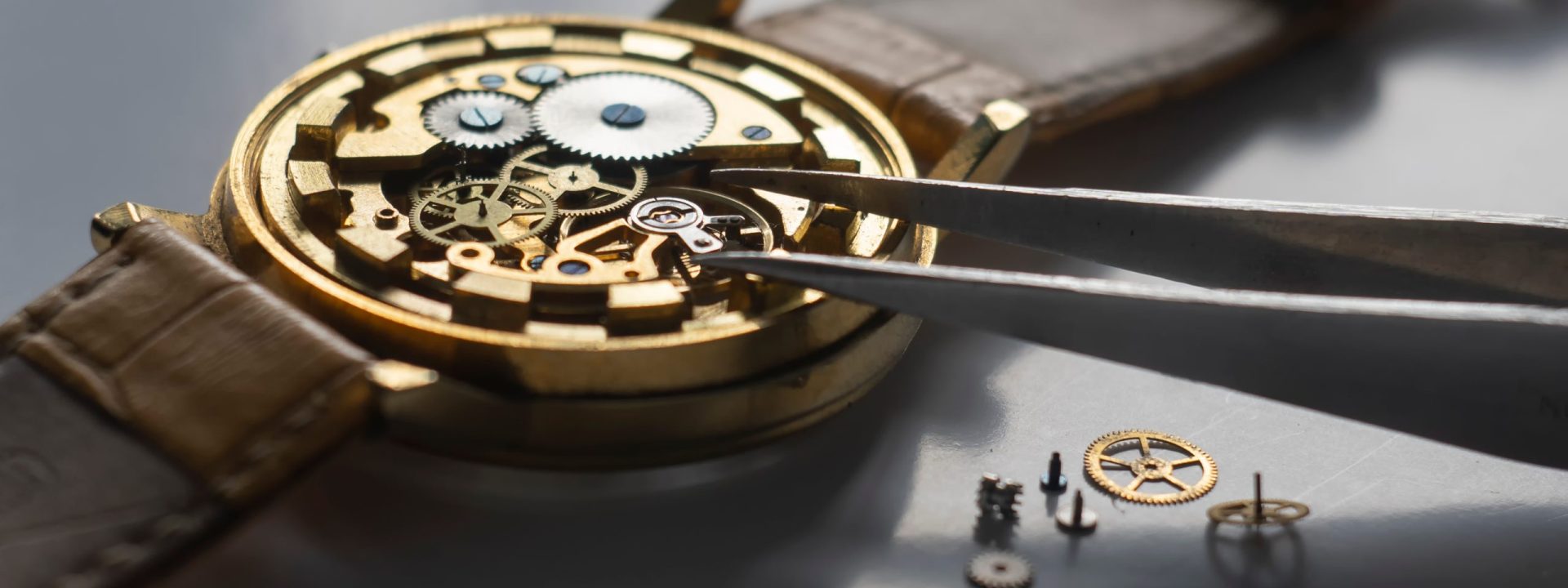Co-axial escapement, a modern type of watch movement, was invented around 1974 by an English Master watchmaker named George Daniels. Omega acquired the rights from Daniels to use this unique new technology and in 1999, mass-produced the first watch with co-axial escapement, the Caliber 2500.
It’s easy to see the benefit of co-axial escapement when you compare it to the traditional level escapement. Getting technical, the impulse in a lever escapement involves the wheel tooth sliding along the inclined surface of the pallet. This sliding movement generates considerable friction, meaning it needs to be lubricated to function properly. However, lubricants are highly sensitive to aging and changes in their environment (temperature, humidity, etc.), and ultimately compromise the accuracy of the watch’s timekeeping.

In contrast, co-axial escapement transmits energy using radial movements. These very short sliding movements reduce the amount of contact between parts inside the watch, which therefore reduces the friction in the escapement. This is like two gears meshing with each other so that they barely touch. Their movement is unaffected by lubrication because of the lack of contact and friction – in fact, a mere protective film on the tips of the escapement wheel teeth is sufficient to prevent wear and tear. This process ensures stable timekeeping.
Since watches with co-axial escapements require less lubrication than their level escapement counterparts, they benefit from greater mechanical efficiency to produce more precise timekeeping. An even bigger advantage is that they also have longer service intervals. Level escapement watches are recommended to be serviced every 3-5 years, while co-axial escapement watches can go 7-10 years without servicing.
Visit our San Diego showroom to try on some of Omega’s finest co-axial watches!

